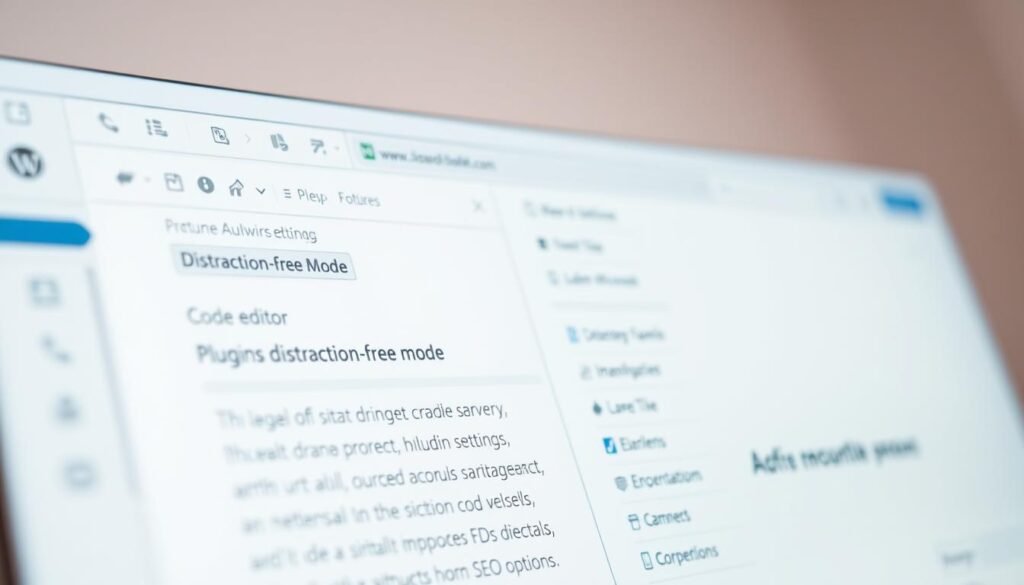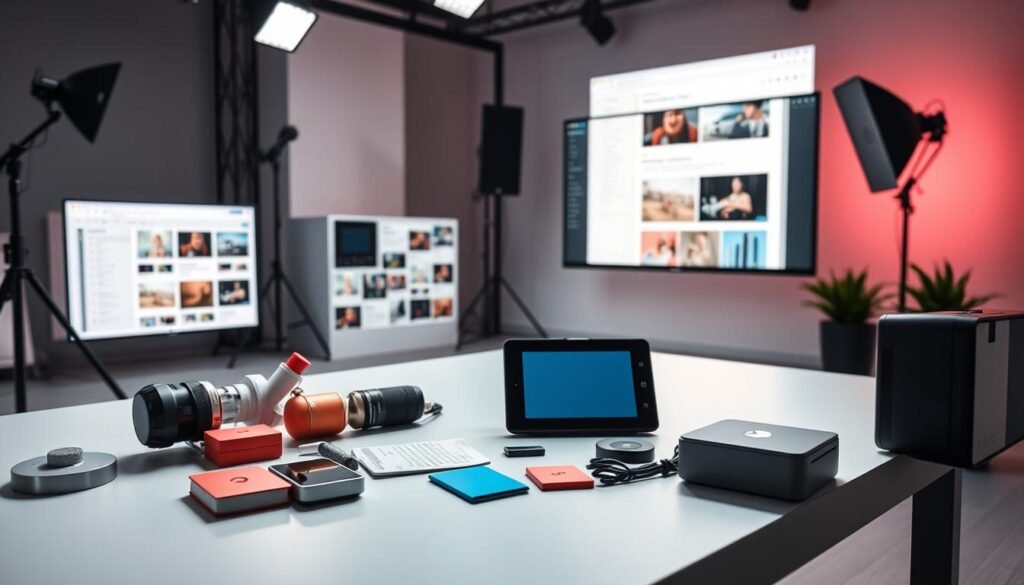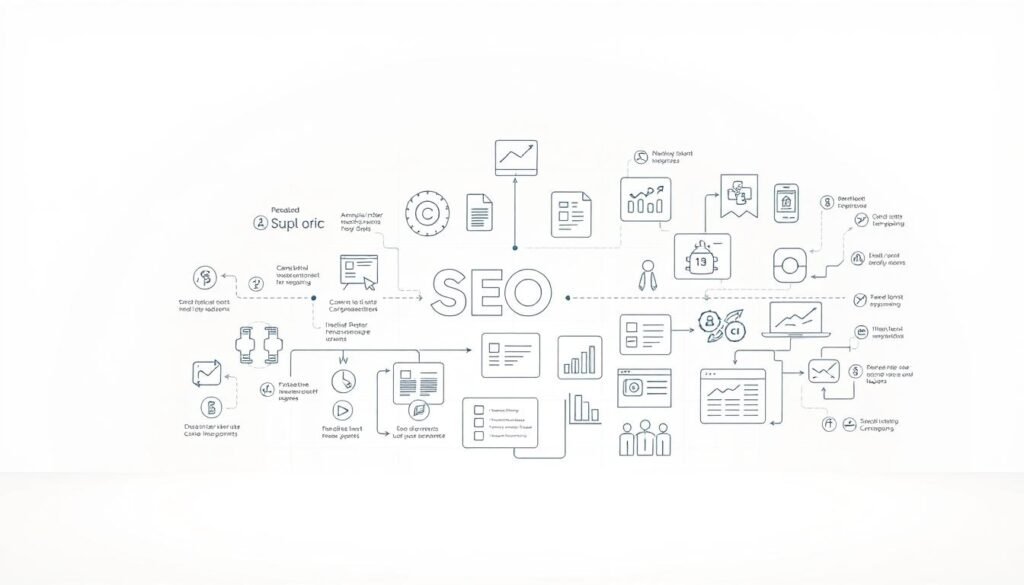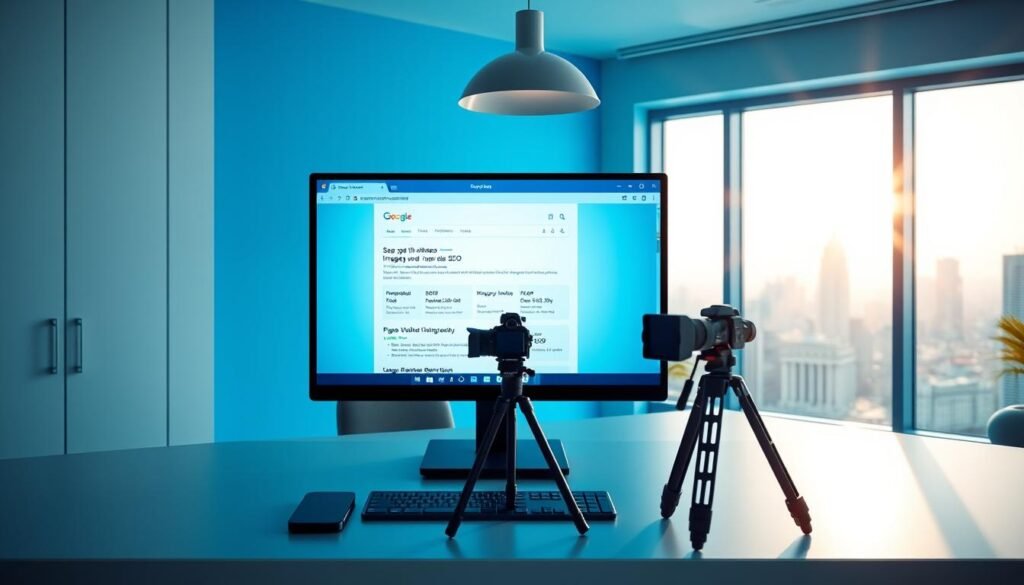how to use default wordpress editor effectively starts with understanding its simplicity and power. Whether you’re drafting a quick blog post or updating a business page, the classic editor provides a distraction-free writing environment that’s both stable and familiar.
Unlike newer block-based builders, the default editor—now accessible through the Classic Editor plugin—focuses on core content creation tasks. You can easily add text, format headings, insert media, and publish updates without the clutter of extra features.
While many assume it’s outdated, the default editor remains a favorite among creators who value speed and reliability. It’s also highly compatible with older themes and plugins, making it a smart choice for long-term WordPress users.
Over time, WordPress editing tools have evolved, but the classic version still adapts to modern content needs. It supports quick edits, clean formatting, and collaboration without forcing you to learn a new interface.
Table of Contents
ToggleKey Takeaways
- The classic editor prioritizes simplicity, making it ideal for users who value efficiency over complexity
- Older themes and plugins often work better with the original editing system
- Streamlined workflows reduce learning curves for new team members
- WordPress’s editing tools have evolved, but the classic version remains relevant
- Choosing between editors depends on your site’s technical requirements
Introduction to the Default WordPress Editor
Two distinct systems shape content creation in this platform. The classic version offers a single text area with familiar formatting tools. The modern alternative breaks everything into movable components called blocks.
Overview of the Classic and Block Editors
The traditional system works like basic document software. You type directly into a white canvas, applying styles through a toolbar. Font adjustments, lists, and media insertion happen through dropdown menus.
Blocks changed this approach entirely. Each element—text, images, buttons—becomes an independent unit. Drag-and-drop functionality lets you rearrange sections visually. This modular design enables complex layouts without coding.
The Evolution of WordPress Editing
2019 marked a turning point with Gutenberg’s launch. This update introduced component-based architecture, aligning with modern web practices. Developers prioritized flexibility over uniformity.
Early adopters faced learning curves, but the system matured. Today’s block library supports over 50 content types. Third-party plugins extend these options further, creating endless design possibilities.
Benefits of Using the Default WordPress Editor
Seasoned content creators often value tools that feel like second nature. The classic interface eliminates the need to adapt to new layouts or complex features, letting you dive straight into productive work.
Consistency Meets Efficiency
Long-term users recognize the text-based workflow immediately. No time gets wasted deciphering block settings or troubleshooting layout conflicts. What you see mirrors standard document editors, creating instant comfort.
Legacy themes and plugins function seamlessly here. Many third-party tools built before modern systems still perform optimally without code adjustments. This compatibility protects your existing investments in website infrastructure.
The minimal interface strips away distractions. Unlike modular designs requiring element-by-element adjustments, the classic approach prioritizes editing speed. You maintain momentum while drafting posts or updating pages.
Teams benefit from reduced training demands. New members familiar with basic word processors require minimal guidance. Collaborative projects stay on schedule without disruptive software learning curves.
Step-by-Step Guide: How to Use Default WordPress Editor
Activating the familiar interface takes less than two minutes. Over five million websites rely on the Classic Editor plugin to maintain their preferred workflow. This solution bridges legacy systems with modern needs, offering control without complexity.
Installation and Activation Using the Classic Editor Plugin
Begin by accessing your dashboard’s Plugins menu. Select “Add New” and type “classic editor” into the search bar. Click the Install Now button, then activate the plugin immediately. Once enabled, it replaces newer editing interfaces automatically.
Navigate to Settings → Writing to configure preferences. Here, you can designate the classic editor as the primary tool for all users. Adjustments apply globally but allow exceptions for specific content types.
Switching Between Classic and Gutenberg Editors
The plugin’s flexibility shines in its hybrid approach. Enable the “Allow users to switch editors” option to toggle between systems. This lets you choose the ideal tool for individual posts or pages without disrupting existing layouts.
Existing content remains fully compatible. New posts adopt your selected default, while older drafts retain their original formatting. Teams working with mixed content types benefit most from this adaptive setup.
Configuring Settings and Options in the Default Editor
Tailoring your workspace enhances productivity while maintaining system stability. The Classic Editor plugin offers granular control over editing preferences, letting you balance flexibility with consistency across your entire operation.
Customizing the Writer Experience
Navigate to Settings → Writing to access core configuration tools. The Default editor for all users option standardizes your team’s workflow, eliminating confusion between different editing systems. This ensures every contributor works within the same familiar environment.
Enable the Allow users to switch editors checkbox for hybrid content strategies. Authors gain a toggle option below post titles, letting them choose between interfaces per project. This preserves compatibility with block-based layouts when needed.
Managing Compatibility With Themes and Plugins
Test your active theme immediately after activating the classic interface. Some modern designs rely on block editor features that may display incorrectly. Check page layouts, forms, and media galleries for proper rendering.
Third-party plugins requiring Gutenberg components might need adjustments. Monitor tools like page builders, SEO analyzers, or membership systems for unexpected behavior. Many developers offer legacy support through dedicated extensions or settings.
Regular audits prevent conflicts as you update themes or add functionality. Create a staging environment to test new installations before deploying them live. This safeguards your content while exploring advanced configuration options.
Productivity Tips and Keyboard Shortcuts
Accelerate your workflow by combining tactile commands with focused writing environments. These strategies transform routine tasks into seamless actions, letting ideas flow without interruption.
Mastering Essential Keyboard Shortcuts
Universal commands like CTRL+C (copy) and CTRL+V (paste) work alongside platform-specific combinations. Format headings with CTRL+1 through CTRL+6, or wrap selected text in code tags using ALT+SHIFT+C.
Insert hyperlinks faster with CTRL+K. Navigate paragraphs using ALT+Arrow Keys. These combinations keep your hands on the keyboard, eliminating disruptive mouse movements.
Utilizing Distraction-Free Mode
Activate clean writing space with SHIFT+ALT+W. The interface collapses menus and sidebars, presenting only your content against a neutral background. This minimizes visual noise, helping maintain concentration.
Exit by pressing ESC or clicking the exit button. Adjust font size temporarily through CTRL+Mouse Wheel for better readability during long sessions. Pair this mode with memorized shortcuts for maximum efficiency.
Advanced users create mental maps of frequently used commands. Group related actions—like text formatting and navigation—to develop muscle memory. Customize your approach based on content type, whether drafting articles or editing technical documentation.
Enhancing Content with Blocks and Media
Visual elements transform ordinary text into engaging experiences. The block system empowers you to craft dynamic pages while maintaining precise control over every component. Let’s explore techniques for elevating your posts through strategic media integration.
Adding Images, Videos, and Galleries
Click the + button or type /image to insert visual elements. Drag files directly into the editor—the system automatically generates image blocks. For galleries, select multiple photos during upload to create cohesive grids.
Optimize media by compressing files before uploading. Add descriptive alt text using the block’s sidebar settings. This improves accessibility while boosting search engine visibility.
Optimizing Layout Through Block Customization
Group related elements using containers like Columns or Cover blocks. Adjust spacing between sections through padding controls. Create visual hierarchy by varying image sizes and text alignment.
Save frequently used combinations as reusable patterns. Access these templates through the block library, ensuring consistent styling across posts. Advanced users leverage CSS classes for pixel-perfect adjustments.
“Blocks unlock design potential without coding,” notes a web developer specializing in content systems. Test different arrangements in draft mode before publishing. Preview layouts on mobile devices to guarantee responsiveness.
Troubleshooting and Best Practices for a Seamless Experience
Maintaining your website’s integrity requires proactive problem-solving. Compatibility challenges often surface when mixing editing systems, but strategic checks keep your operations running smoothly.
Addressing Common Compatibility Issues
Start by auditing active plugins after switching editors. Tools designed for block-based layouts may display broken interfaces or missing features. Deactivate non-essential extensions temporarily to identify conflicts.
| Compatibility Factor | Classic Editor | Block Editor |
|---|---|---|
| Plugin Support | Works with legacy tools | Requires updated versions |
| Theme Features | Stable performance | May need adjustments |
| Content Migration | Seamless transition | Potential formatting issues |
Test critical functions like contact forms and e-commerce elements immediately. Use staging environments to experiment safely before making live changes.
Ensuring Smooth Integration With Themes
Modern themes often prioritize block functionality. Check responsive design elements and custom widgets after editor changes. Many developers provide legacy CSS classes for backward compatibility.
“Regular backups and incremental updates prevent 80% of compatibility headaches.”
Update plugins quarterly while monitoring developer changelogs. Remove abandoned tools that haven’t received updates in 12+ months. This maintenance rhythm protects your site’s performance while preserving editing flexibility.
Whether you’re starting a blog, launching an online store, or creating a business website, we’re here to help. We design fast, secure, and mobile-friendly WordPress websites tailored to your brand and goals.
🚀 Custom design
🔧 SEO-ready & easy to manage
🔒 Secure & optimized for performance
📩 Get in touch today and let’s bring your vision to life!
Conclusion
Your content creation journey shouldn’t require constant adaptation to new tools. The platform’s flexibility lets you choose workflows matching your technical comfort and project needs. While modern systems dominate recent updates, the classic approach maintains its value through simplicity.
The Classic Editor plugin simplifies this choice, offering one-click activation without complex configurations. Its hybrid capabilities let you alternate between text-based drafting and block-based layouts per project. This preserves creative freedom while protecting legacy content structures.
Prioritize regular compatibility audits for themes and plugins. Many tools now optimize for component-driven designs, requiring adjustments when using older systems. Test critical features like forms and media displays after switching editors.
Your website’s success hinges on balancing innovation with reliability. Whether embracing blocks or sticking with familiar interfaces, focus on solutions that reduce friction. Let efficiency—not trends—guide your editing decisions.











